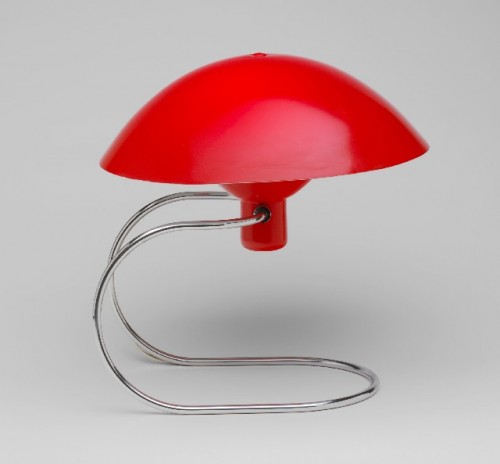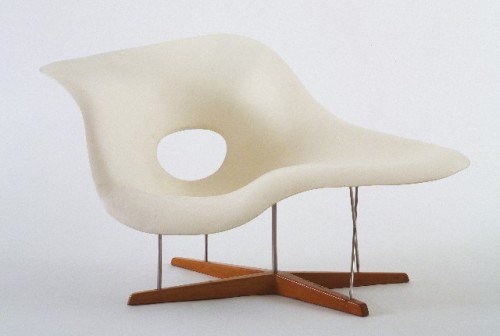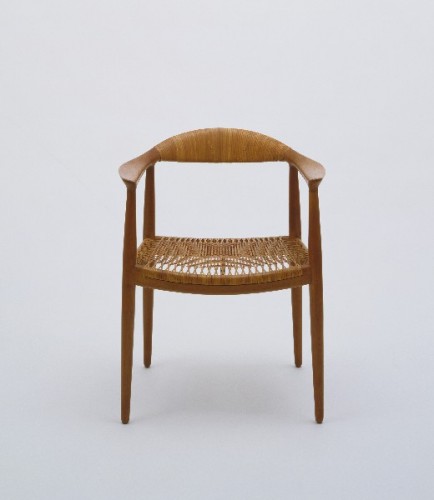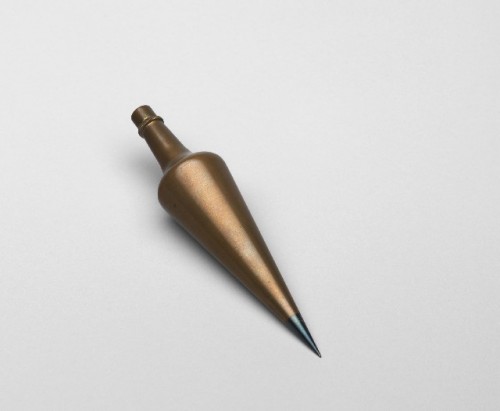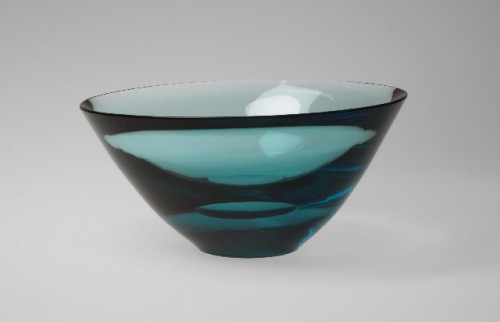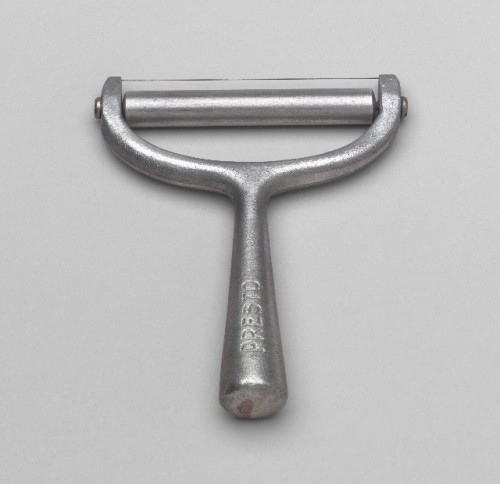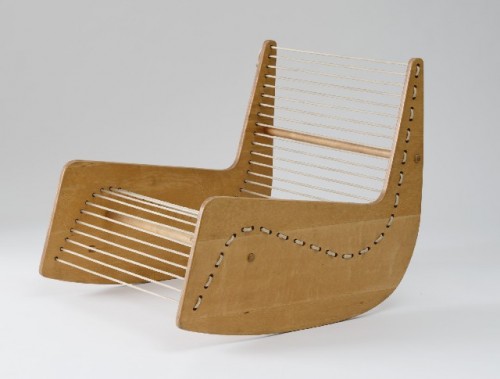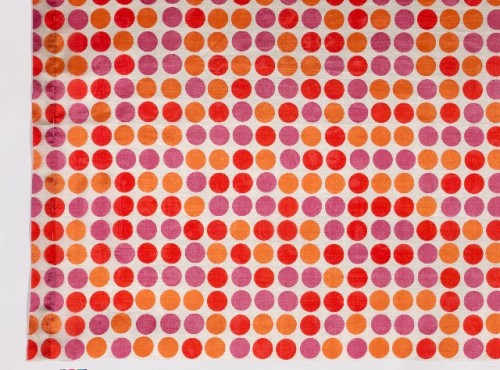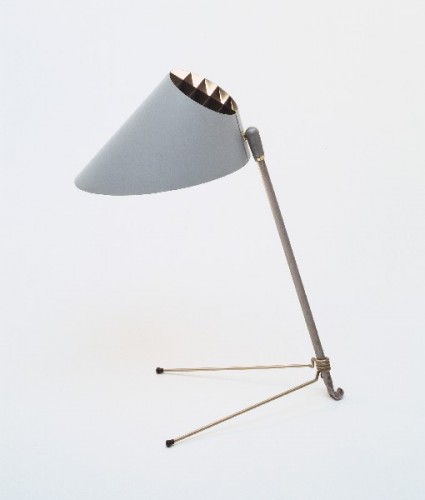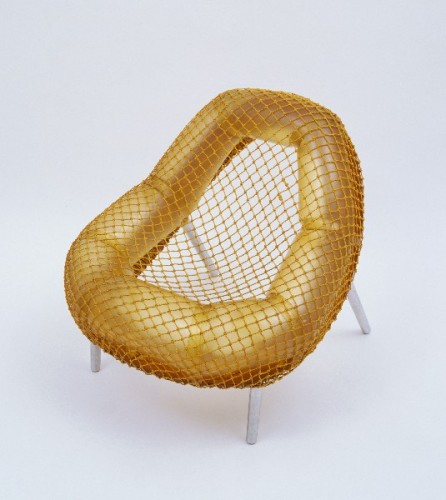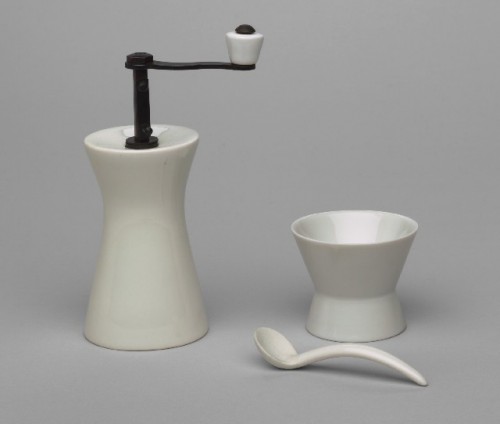Museum of Modern Art Showcases Quality Objects with What Was Good Design?
Carrying On the Debate About Design Excellence
By: Mark Favermann - Jul 05, 2009
What was Good Design?MoMA's Message 1944-56
May 6, 2009-November 30, 2009
The Philip Johnson Architecture and Design Galleries, 3rd Floor
11 West 53rd Street, New York, NY
Wednesday-Monday, 10:30AM to 5:30 PM, Fridays until 8:00 PM Closed Tuesdays
Since its founding in 1932 with Alfred Barr as its first director, the Museum of Modern Art (MoMA) has always fostered the exhibition and collection of the best of contemporary architecture and design. It had the first museum curatorial department in the world devoted to architecture and design. From its early days, examples of contemporary architecture and design were given the seriousness and scholarship of other visual arts-painting, sculpture, printmaking, etc. adding texture and nuance to the world's greatest collection of modern art.
A founding principle of the museum was to recognize architecture and design as allied and interdependent arts. There are now over 28, 000 objects in MoMA's collection of architecture and design ranging from large-scale prototypes actual objects to works on paper to architectural models. Beginning with the reform philosophy of the Arts and Crafts Movement, the collection thoroughly covers the movements, styles and issues of the 20th and now 21st centuries. The museum surveys major figures from the mid-nineteenth century to the present.
The first curator of the Department of Architecture and Design was Philip Johnson. This was before he went back to Harvard's Graduate School of Design to study architecture and became one of the most prominent and vocal architects during the later half of the 20th century (Glass House, 1949). So the then young Johnson and the more seasoned Barr along with Henry-Russel Hitchcock set the standard for what has followed. This was the time of the International Style, a no frills streamlined architecture that was categorized by a visual spareness and sharp angularity. It was also referred to as Art Moderne or Art Deco style. Their major exhibit The International Style, Architecture Since 1922 in 1932 which introduced Le Corbusier, Walter Gropius and Mies van der Rohr set the gold standard for exhibitions in the future. This was during the Great Depression. Interestingly and somehow not surprisingly, Frank Lloyd Wright withdrew his work from the show because he was not more prominently displayed.
At this time during the Great Depression, there was an effort by both the Roosevelt Administration and a number of pioneering industrial designers to provide middle class Americans with practical and beautiful products and appliances that combined the streamlined simplicity of modernism with the desire for comfort and familiarity in a time of major economic, social and political disruption. Furniture, tableware, and accessories by industrial designers designers such as Gilbert Rohde, Russel Wright, George Sakier among others demonstrated this functional aesthetic effort. MoMA collected these designer's and other designers' pieces.
During World War II, few domestic objects were designed as efforts for design elegance and efficiency were directly almost entirely at the war effort. However, new materials and techniques were developed during that period that would effect object, appliance and architectural design during the following years. As a child in the 50's, I remember rummaging through one of my father's drawers and finding a miraculous object. It was a telescoping U.S. Army olive green plastic drinking cup. My father must have kept it as one of his few Army service mementoes.
Some designers while often involved in designs for the war effort during the war did continue to create prototypes for what would become prominent domestic designs. Some of these would be determined to be icons of not just good design but great design and be produced in the late 40's and early to middle 50's. Notable among these designers were Charles and Ray Eames and Isamu Noguchi. This period is approximately the era that MoMA's current exhibit What is Good Design? is focused upon.
By the mid-century, The Museum of Modern Art was considered the recognized leader in the definition and exhibition of what was considered "Good Design." The exhibit What was Good Design? presents over 100 selected pieces from the Museum's collection. These include a range of items that are examples illustrating domestic furniture, appliances, textiles, sporting goods and print graphics. Each represented part of the international debate that seem to be exchanged between academia, museums, design councils and retailers. In this show, iconic works are shown by Marcel Breuer, Charles and Ray Eames, Eero Saarinen and Hans Wegner next to a plumb bob, a hunting bow and a selection of domestic objects including an iron, a rake, a cheese slicer and a Tupperware container.
The debate has always been about the question of design democracy versus elitism. MoMA's message has always been that good design was a combination of usefulness and visual appeal. Good design has been a longtime staple of advertising, academic journals, popular magazines and even government studies. At times good design was a vague and inconsistent concept. Wanting to positively influence postwar consumer culture, MoMA's good design reflected the modernist notions of functionality, simplicity and material truth.
Questions of design standards and popular taste have been raised by designers and design reformers in Europe and the US since the mid-nineteenth century. By the 1950's, the debate was escalated by an international group of authorities including national design councils (primarily in the UK and Scandanavia), museum curators and major retail operators. The debate focused around what was good design, what actually sold and what was affordable to the average consumer vs. what was too esoteric, too elitist and too expensive for the middle class.
MoMA ran several design competitions including ones on printed textiles (1946), low-cost furniture (1948) and lighting (1950) to stimulate good design. Furnished houses set up in the Museum's sculpture garden showcased home furnishings (1949-50). An exhibit developed for the State Department, Design for Use (1950-52), toured Europe to broadcast good American design.
The major spokesman for MoMA's doctrine of Good design was curator Edgar Kaufmann, Jr. Kaufmann was the son of the wealthy Pittsburgh retailer who commissioned Frank Lloyd Wright to build the iconic Fallingwater (1936). After schooling in Europe, he served for a couple years as an apprentice to Write at Taliesin West. After the War, he became a curator on industrial design at MoMA. In 1950, he wrote a defining text, "What Is Modern Design," and directed MoMA's Good Design exhibition series (1950-55). This was exhibition as message with products as proof.
Kaufmann developed a relationship between the Chicago Merchandise Mart and MoMA that resulted in two installations annually of furniture, textiles and household selected products. An exhibit also took place yearly at MoMA. Selections were made based upon eye appeal, function, fabrication and price. This relationship underscored strong criticism of crass commercialism. Apparently along with others, Philip Johnson, who was still involved with MoMA as a donor and unpaid consultant had real problems with Kaufmann's approach.
Added to this is the notion that high style or cutting edge design is not only often expensive to purchase, but it also takes a certain sophistication or training to appreciate it. Therefore, the label of elitist can be applied to examples of good design as well. Taste and quality should not be unilaterally confused with elitism and snobbery. Though, this is certainly a slippery slope of debate, this can be said of any visual art form. . Despite the criticisms, these exhibits succeeded in developing connections between designers, manufacturers, retailers and potential consumers as well as raised the profile of modern design.
Like many design exhibits at MoMA in the selections in What Was Good Design?, some pieces are classic while others are unexpected. Charles and Ray Eames's Full Scale Model of Chaise Longue (La Chaise) was entered in MoMA's International Competition for Low-Cost Furniture (1948). Though it did not win a prize, it was highlighted by the judges for its looks and inventive moulded construction. La Chaise went into production in 1990, and has become an Eames icon. In contrast, O.J. Kuker's Plumb Bob is an elegant but relatively obscure piece of functional hardware.
Visiting the Museum of Modern Art's Architecture and Design Department is not only a view of what good design was and is, but a window on contemporary popular culture and a clear vision of designs for living.

